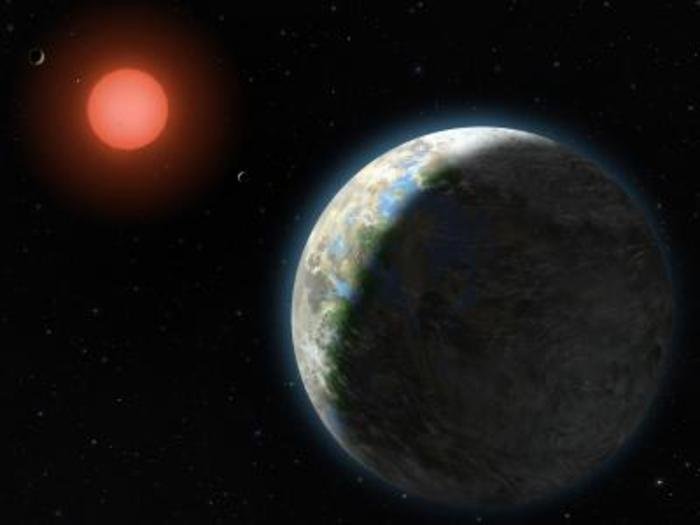CHICAGO, July 1 (UPI) -- The climate influence of clouds could double the number of potentially habitable planets orbiting the most common type of stars, U.S. scientists say.
Astrophysicists at the University of Chicago say this finding means in the Milky Way galaxy alone, 60 billion planets may be orbiting in the habitable zone of red dwarf stars, the most common stars in the universe.















